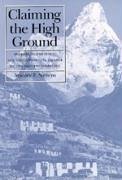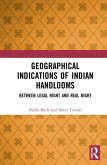Stanley Stevens brings a new historical perspective to his remarkably well-researched study of a subsistence society in ever-increasing contact with the outside world. The Khumbu Sherpas, famous for their mountaineering exploits, have frequently been depicted as victims of the world's highest-altitude tourist boom. But has the flow of outsiders to Mt. Everest and the heights of Nepal in fact destroyed a stable, finely balanced relationship between the Sherpas and their environment? Stevens's innovative use of oral history and cultural ecology suggests that tourism is not the watershed circumstance many have considered it to be. Drawing on extensive interviews and data gathered during three years of fieldwork, and with the use of numerous maps and charts, he documents the Sherpas' ingenious adaptation to high-altitude conditions, their past and present agricultural, pastoral, trade, and forest management practices, and their own perspectives on the environmental history of their homeland. This is a book for geographers, anthropologists, and all those interested in conservation of the earth's high places.







